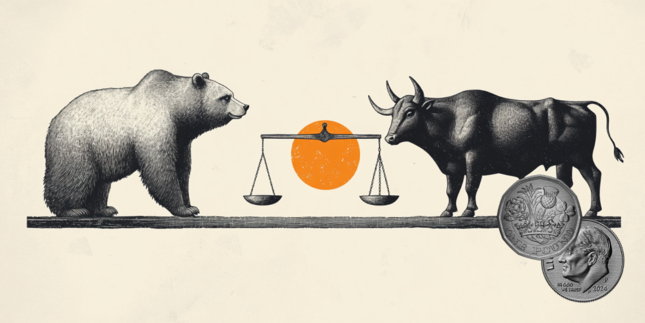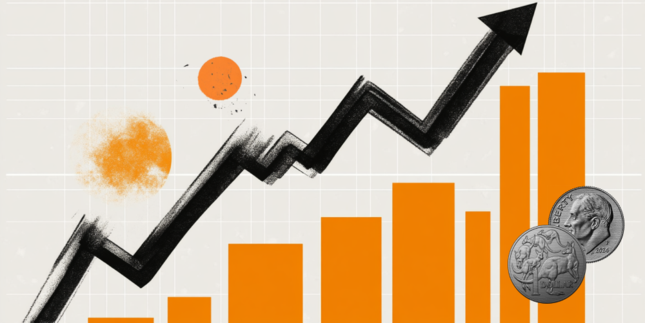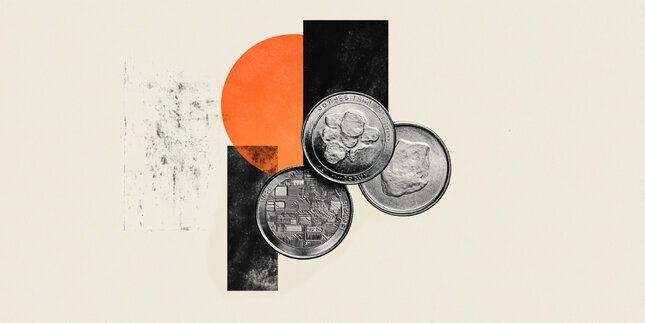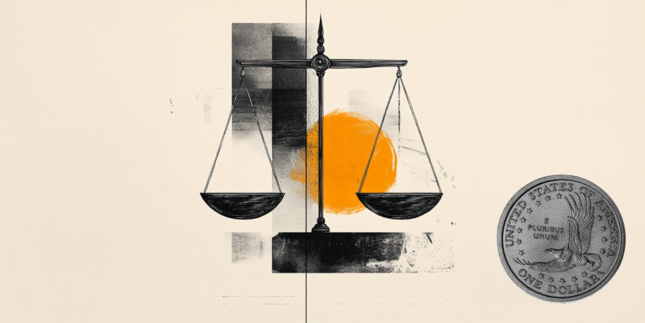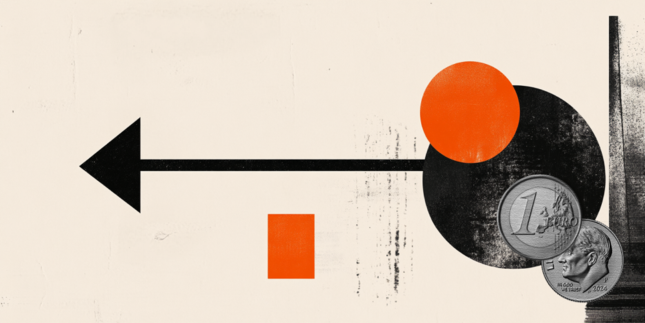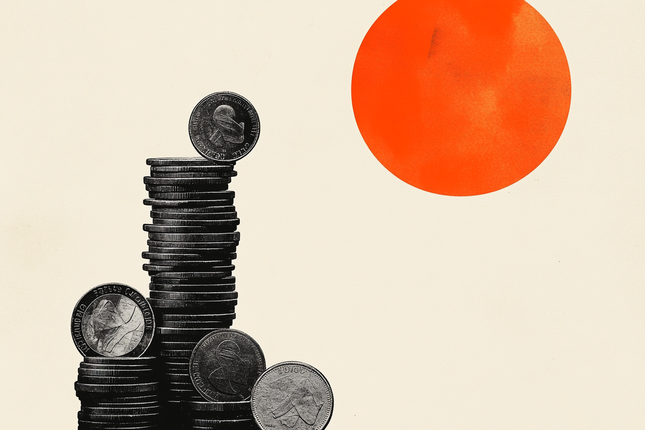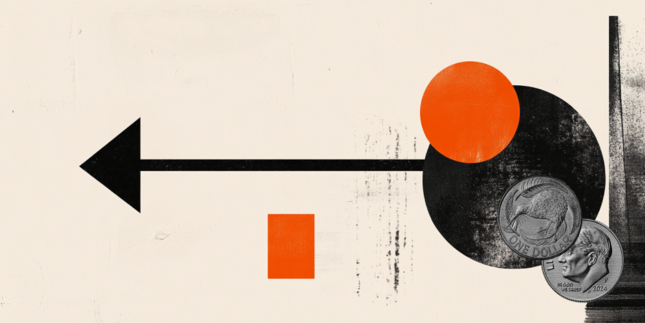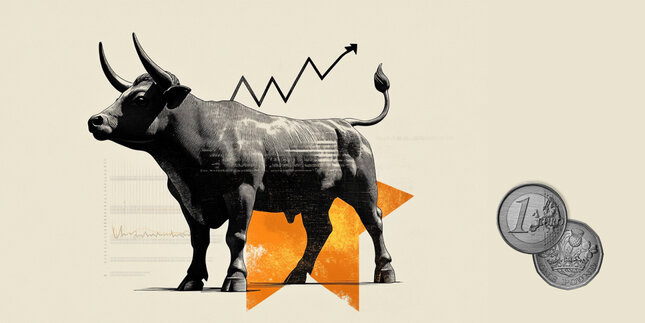EUR/JPY declines to near 161.00 as BoJ keeps door open for rate hike
- EUR/JPY loses traction to around 161.10 in Tuesday’s early European session, losing 0.62% on the day.
- The BoJ is anticipated to raise rates to the highest in 17 years.
- The ECB's dovish bets weigh on the shared currency.
The EUR/JPY cross falls to near 161.10 during the early European session on Tuesday. The Japanese Yen strengthens against the US Dollar (USD) due to the rising speculation that the Bank of Japan (BoJ) will raise interest rates at its policy meeting on Friday. Later on Tuesday, Germany’s ZEW Survey for January will be released.
The BoJ is anticipated to hike interest rates in the upcoming monetary policy meeting, with the markets pricing in nearly a 92% odds of a move by the conclusion of the January 23-24 policy meeting. This would lift short-term borrowing costs to levels unseen since the 2008 global financial crisis.
On Tuesday, Japan’s Vice Finance Minister for International Affairs and top foreign exchange official, Atsushi Mimura, said, “The US economy outlook’s up to Trump’s macroeconomic policies.” Meanwhile, Japan’s Finance minister, Katsunobu Kato, stated that the officials will closely watch the impact of US policies on Japan and the world economy, adding that he expects the Japanese central bank to conduct monetary policies appropriately to achieve the 2% inflation goal.
On the other hand, the dovish expectations for the European Central Bank (ECB) could drag the Euro (EUR) lower against the JPY. According to the ECB Monetary Policy Meeting Accounts released on Thursday, policymakers agreed in the December meeting that interest rate cuts should be approached cautiously and gradually, but they also noted that further rate cuts were likely coming given weakening price pressures. Traders expect the ECB will deliver a 25 basis point (bps) rate cut at each of the next four ECB policy meetings, driven by concerns over the Eurozone’s economic outlook and the belief that inflationary pressures will remain subdued.
Bank of Japan FAQs
The Bank of Japan (BoJ) is the Japanese central bank, which sets monetary policy in the country. Its mandate is to issue banknotes and carry out currency and monetary control to ensure price stability, which means an inflation target of around 2%.
The Bank of Japan embarked in an ultra-loose monetary policy in 2013 in order to stimulate the economy and fuel inflation amid a low-inflationary environment. The bank’s policy is based on Quantitative and Qualitative Easing (QQE), or printing notes to buy assets such as government or corporate bonds to provide liquidity. In 2016, the bank doubled down on its strategy and further loosened policy by first introducing negative interest rates and then directly controlling the yield of its 10-year government bonds. In March 2024, the BoJ lifted interest rates, effectively retreating from the ultra-loose monetary policy stance.
The Bank’s massive stimulus caused the Yen to depreciate against its main currency peers. This process exacerbated in 2022 and 2023 due to an increasing policy divergence between the Bank of Japan and other main central banks, which opted to increase interest rates sharply to fight decades-high levels of inflation. The BoJ’s policy led to a widening differential with other currencies, dragging down the value of the Yen. This trend partly reversed in 2024, when the BoJ decided to abandon its ultra-loose policy stance.
A weaker Yen and the spike in global energy prices led to an increase in Japanese inflation, which exceeded the BoJ’s 2% target. The prospect of rising salaries in the country – a key element fuelling inflation – also contributed to the move.
Forex News
Keep up with the financial markets, know what's happening and what is affecting the markets with our latest market updates. Analyze market movers, trends and build your trading strategies accordingly.




